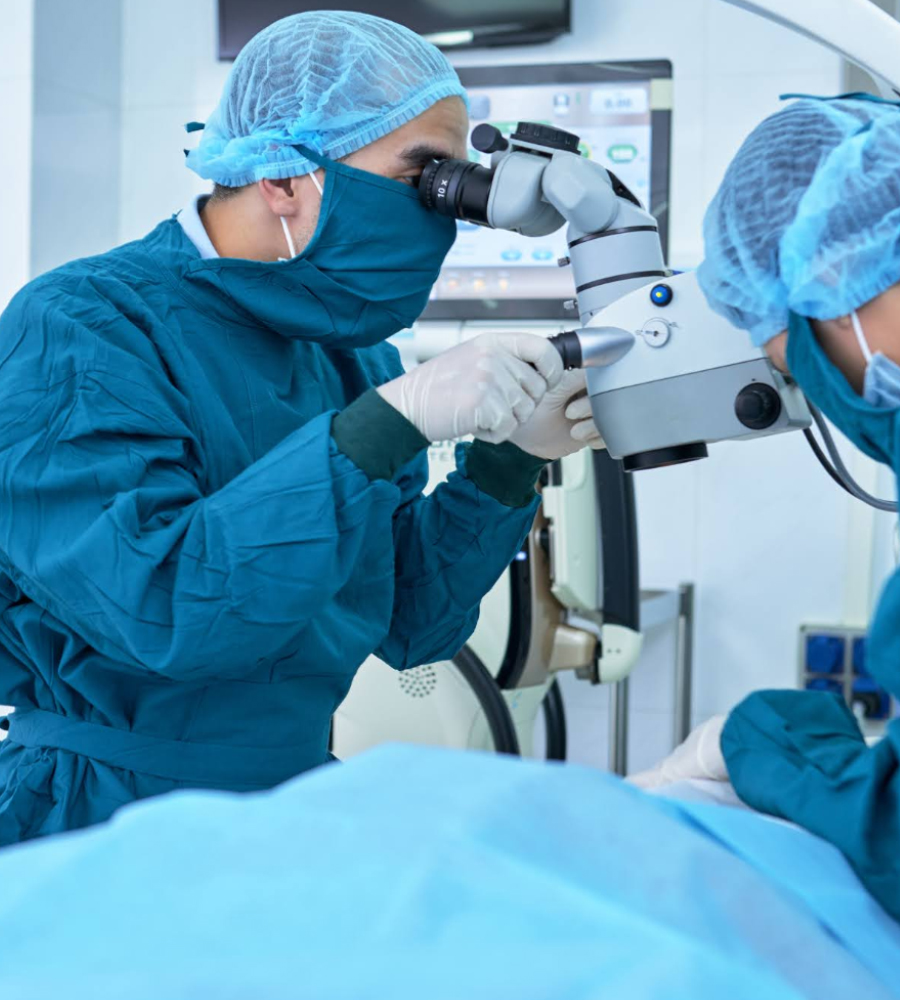

Varicose veins, which lie just beneath the skin, are twined and swelling vein in the legs. They can be coded in red, blue, and purple. Veins have one-way valves allowing blood to flow to the heart. Blood may help and overwhelm the pressure on the veins when the valves are weak or weakened. This excess pressure causes a venous enlargement that leads to varicose veins.


Varicose vein operation is one of the most common surgical types. The key strategies for the removal of varicose veins are:
Two incisions (cut): one on the top of the leg just under the groin, and the other below your knee or anchor. Stripping and stripping of the vine: At first the vein is connected or tightened to create the top incision (vein ligation). A long cord is then implanted in the vein and forced via the vein from the lower incision. Finally, on the lower end of the wire, a button-like cap is applied and the whole vein is separated by an incision close to the groin.
Phlebectomy: Some very small cuts are made around the impacting vein (just a few millimeters in width). A thin hook is used to extract the vein as far as possible from these wounds. The vein is broken into multiple parts and separated. This technique is primarily found in smaller veins, such as those of larger venous branches.

Surgery can alleviate symptoms of varicose veins very successfully. For over 80 % of patients who have varicose vein surgery, improve the disease’s symptoms such as discomfort, swelling, or scratching.
Both surgical techniques can lead to discomfort, fracture, hemorrhage, swelling, scarring, and skin discoloration. Around 15 % of patients with varicose vein surgery are suffering from one of these side effects. Significant risks like thrombosis or injury to the nerves are very rare.
Following surgery, new varicose veins can form. 30 of every 100 people who underwent surgery formed new varicose veins after two years in studies that looked at this matter. On the same day as varicose vein surgery, it is normally safe to leave the hospital. But the swelling and the wounds will take some time to recover. You may have to wait for three weeks before going to work.

Sclerotherapy
Fluid chemistry is used for sclerotherapy (SKLER-o-ther-a-pe) to close the varicose vein. The chemical is pumped into the vein to make the venous membrane irritable and scar. The irritation and scar cause the vein to close and vanish. This technique is also used for the treatment of smaller varices. You should do it when you stand in your physician’s office. To close a vein entirely, you can need multiple medications.
In general, therapies are performed every four to six weeks. Your legs are rolled up in elastic bands to help cure and lower inflammation after procedures.
Microsclerotherapy:
Spider veins and other very narrow varicose veins are treated using micro sclerotherapy (MI-kro-SKLER-o-ther-a-pe). Using a very fine needle to insert a small volume of the liquid chemical into the vein. The chemical scars the vein’s inner lining and allows it to close.
Laser Surgery
The light energy is used from the laser on a varicose vein during this operation. The laser ray is washing out the vena. Laser operation is used mainly for the treatment of smaller varicose veins. It is not necessary to cut or insert chemicals.
Therapy of endovenous ablation
A varicose vein is closed by lasers or radiowaves is the Endovenous Ablation (AB-LA-shun) procedure. A minor cut on the skin near the venous varicose vein is made by the doctor. Then the surgeon will insert a conduit into the vein that is considered a catheter. An apparatus at the top of the tube heaters and seals the vein inside. You may be awake, but the area surrounding the vein is tormented by the doctor. Usually, you will go home on the same day.
Endoscopic Vein Surgery
Your doctor will perform a small cut in your skin near a varicose vein for endoscopic (en-do-SKOP-IK) vein surgery. He or she uses a small camera to pass across the vein at the end of a small tunnel. The vein is locked by an operating system at the end of the camera. Endoscopic vein operation is typically used only in extreme situations, where skin ulcers are caused by varicose veins. Usually, within a few weeks after the procedure, you may return to your normal work.
Ambulatory Phlebectomy
Your doctor will make minor cuts and remove your small varicose veins for ambulatory phlebectomy (Fle-BEK-to-Me). This is generally done to remove the varicose veins nearest to the skin surface. During the operation, you will be awake so the doctor will twist the area surrounding your vein. Normally, the next day the operation is finished, you will go home.
Vein Stripping and Ligation
Vein stripping is normally done only in extreme varicose vein situations. The treatment entails connecting the veins to a tight cut in your skin and cutting them. You are given medication to bring you to sleep temporarily so that during the treatment you don’t feel any discomfort. Axial detachment and ligation is typically undertaken as an ambulatory treatment. It takes between 1-4 weeks to heal from the process.